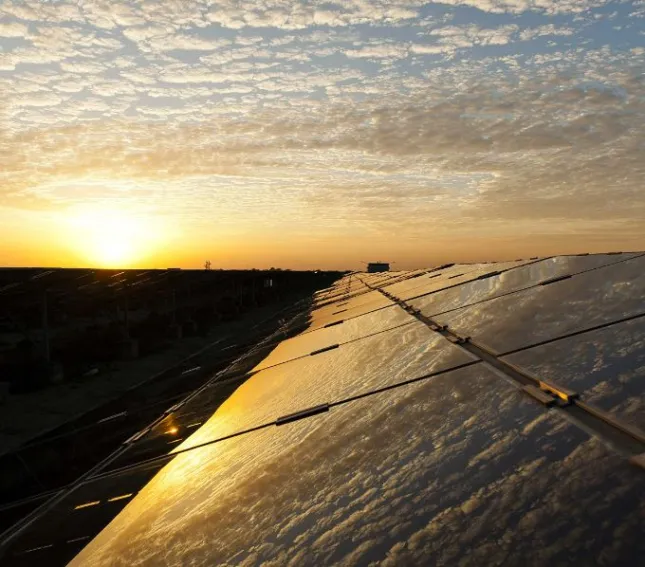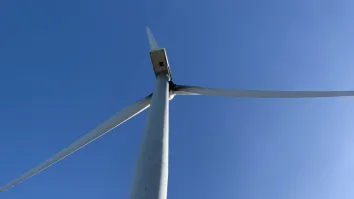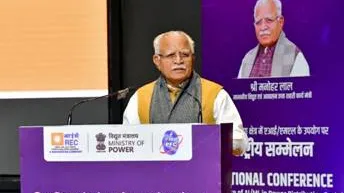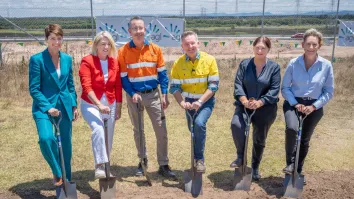
India's total solar capacity hits 12.5GW in March
Southern states will keep dominating the sector with 53% of total pipeline.
India installed 5.5 GW of utility scale solar capacity in the last fiscal year reaching total cumulative solar capacity of 12.5 GW by March 2017, according to Bridge to India.
Another 12 GW capacity has been allocated to developers and is in various stages of development.
"We expect southern states to continue to dominate the sector in the short-term as 53% of total pipeline is concentrated in Andhra Pradesh, Karnataka and Telangana," Bridge to India said.
Adani remains the largest developer with a total portfolio exceeding 2 GW (780 MW commissioned and 1,250 MW pipeline). Market volumes are likely to expand by 45% in the upcoming year but we don’t anticipate any new entrant to gain a meaningful foothold as India remains an intensely competitive market.
Here's more from Bridge to India:
Southern domination continues in the sector with Andhra Pradesh replacing Tamil Nadu at the top with a commissioned capacity of 1,962 MW. We expect the southern states to continue to dominate the sector for the next 12-18 months as 53% of total solar pipeline is concentrated in the Andhra Pradesh, Karnataka and Telangana.
Greenko, NTPC and ReNew Power are the top three developers on the basis of capacity commissioned during the year. Six project developers have built more than a gigawatt of portfolio in the Indian market including both commissioned and pipeline projects. Adani maintains its status as the largest developer with a total portfolio exceeding 2 GW (780 MW commissioned and 1,250 MW pipeline).
Trina Solar (25.7% market share), Hanwha (10.5%) and Risen (7.6%) are the top three module suppliers with all of them gaining significant market share over last year. Canadian Solar (7.4%) has slipped three places to fourth position. Domestic manufacturers’ combined market share fell to just 10.6% with none of them making it to the list of top 10 suppliers for the first time. With domestic content requirement (DCR) policy shelved, prospects for domestic manufacturers appear very bleak.
In the inverter market, ABB has retained its position as the top inverter supplier with 28.6% market share for the year. TMEIC, Hitachi and SMA are close behind with a market share of around 16% each. Despite its premium pricing, SMA gained market share, up from 11.4% last year, with a single large sale to Greenko.
Outsourced EPC business continues to contract as most large developers rely on in-house execution capability. For the first time ever, self-EPC accounts for over half of the capacity commissioned in the year. Sterling & Wilson was the only EPC company with over 500 MW of deployment (around 9% market share).
Market volumes are likely to expand by 45% as we expect India to add 8 GW in the upcoming year. But we don’t anticipate any new entrant to gain a meaningful foothold in the extremely competitive market.



















 Advertise
Advertise






